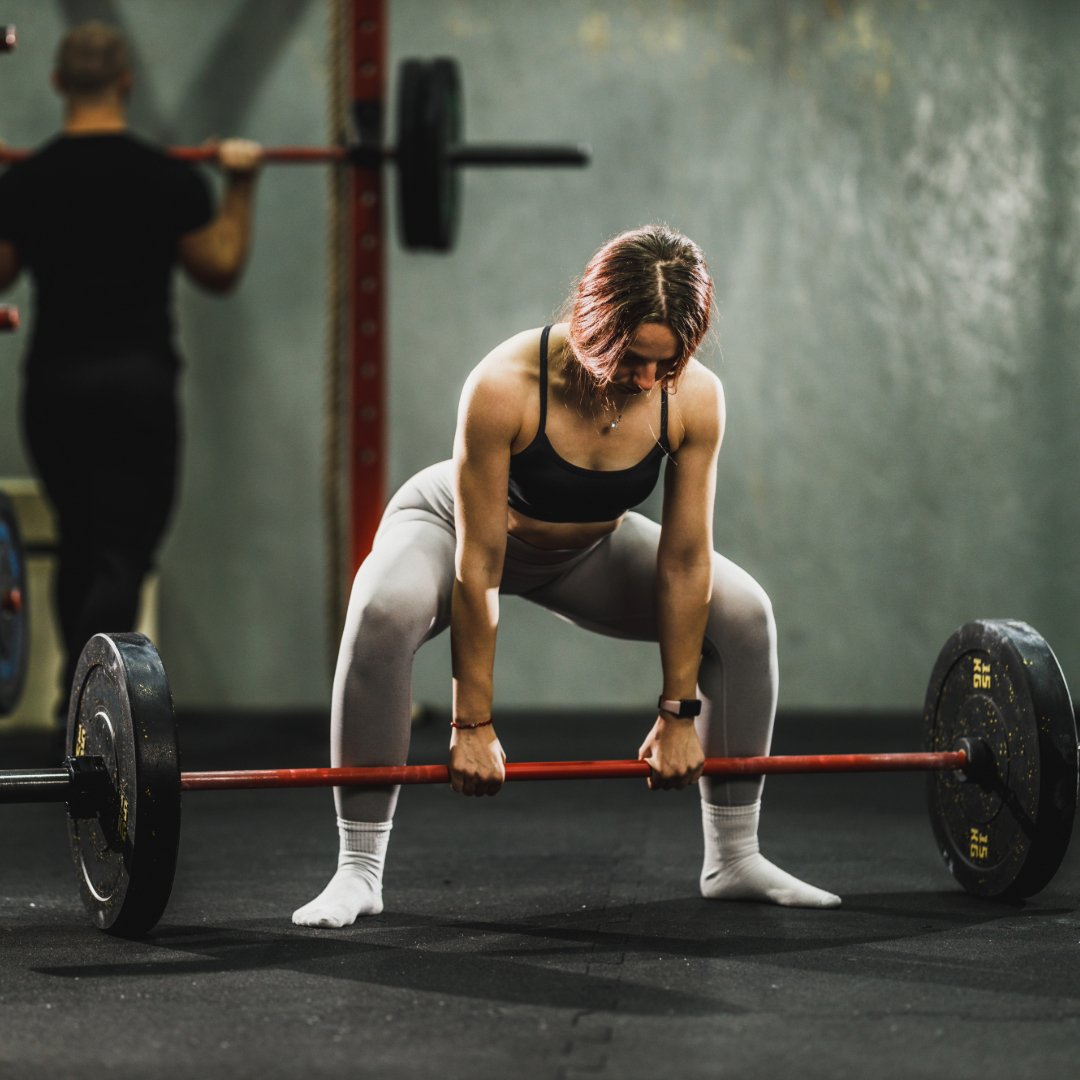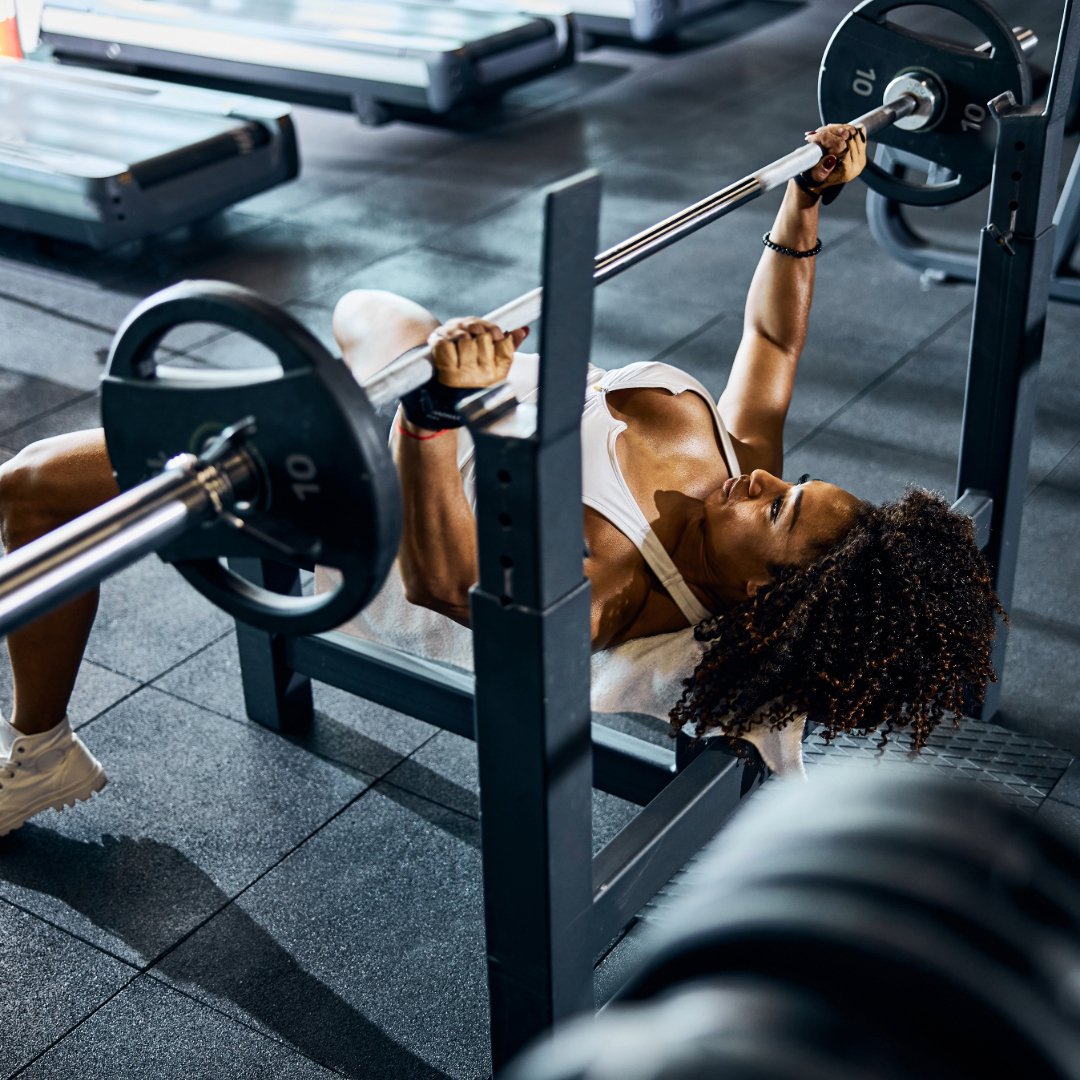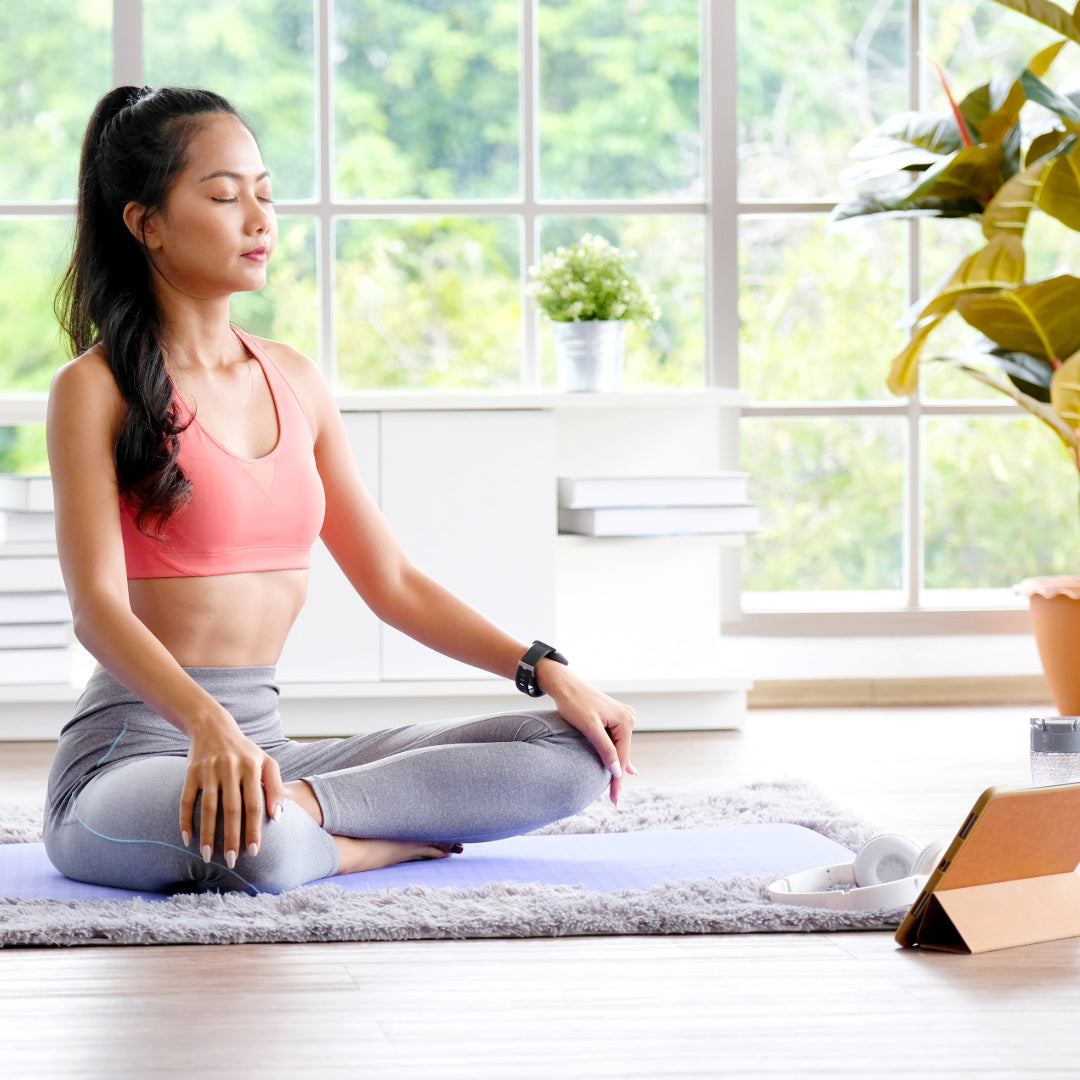
Know how to Deadlift with Proper Form: A Step-by-Step Guide for Beginners
Introduction
The deadlift stands as a cornerstone in the realm of strength training, revered for its unparalleled ability to forge raw power, enhance athletic performance, and sculpt a resilient physique. This fundamental lift engages multiple muscle groups simultaneously, from the grip of your hands down to the drive of your heels, making it a comprehensive exercise that promotes functional strength and muscular harmony. The benefits of mastering the deadlift extend beyond the gym, improving posture, boosting metabolism, and enhancing daily physical tasks.
However, the true potency of the deadlift can only be unleashed through proper technique. Incorrect form not only diminishes the effectiveness of the exercise but also exposes practitioners to a higher risk of injury. Understanding the mechanics of a proper deadlift form is crucial to ensuring safety and maximizing gains. From the initial setup to the final lockout, each phase of the deadlift demands attention to detail and precision.
This guide is designed to navigate beginners through the intricacies of the deadlift, emphasizing the importance of correct form and technique. By adhering to the principles outlined here, you'll be equipped to perform deadlifts that are not only effective but also safe, paving the way for a stronger, more capable body. Whether your goal is to build muscle, enhance athletic performance, or simply gain functional strength for everyday life, mastering the deadlift is a pivotal step in your fitness journey.
Understanding the Deadlift
A Brief History
The deadlift, one of the oldest and most fundamental exercises in strength training, has roots that trace back to ancient times. Originally practiced by strongmen in circuses and fairs, it has evolved into a cornerstone of modern fitness regimes. Its simplicity—lifting a weight off the ground—belies the comprehensive benefits it offers, making it a staple in strength and conditioning programs worldwide. The deadlift's enduring popularity underscores its effectiveness in building raw power and physical resilience.
What muscles does deadlifts work?
The deadlift is celebrated for its ability to engage multiple muscle groups in a single, fluid motion. Primarily, it targets the posterior chain, which includes the gluteus maximus, hamstrings, and back muscles. Additionally, it works the core, forearms, and traps, among others, promoting overall muscular balance and functional strength. This comprehensive engagement not only enhances athletic performance but also supports daily movements, making the deadlift a quintessential exercise for anyone looking to improve their physical fitness.
Preparing to Barbell Deadlift
The Importance of Warm-Up Exercises to Perform a Deadlift
Before you approach the barbell for a deadlift, it's crucial to prepare your body with a proper warm-up. Warm-up exercises increase blood flow to your muscles, enhance flexibility, and reduce the risk of injury. Dynamic stretches focusing on the legs, back, and shoulders, as well as light cardiovascular activities like jogging or jumping jacks, are effective in getting your body ready for the demands of deadlifting. A thorough warm-up not only primes your muscles but also mentally prepares you for the workout ahead, ensuring you're both physically and mentally ready to lift safely and effectively.
Choosing the Right Equipment to Deadlift with Proper form
Selecting the appropriate equipment is essential for a successful and safe barbell deadlift session. The cornerstone of deadlifting is the barbell, which should be matched with weights suitable for your fitness level. Beginners are advised to start light and gradually increase the weight as they become more comfortable with the form and technique. Additionally, protective gear such as weightlifting belts can provide back support, while gloves or grips prevent slippage and enhance your hold on the barbell. Proper footwear is also crucial; flat-soled shoes or barefoot lifting shoes can offer a stable foundation, improving your overall lifting posture. Investing in quality equipment and gear not only aids in performing the deadlift correctly but also significantly minimizes the risk of injuries.

Romanian Deadlift Technique – A Step-by-Step Guide
Conventional Deadlift Setup | The Grip strength
Correct setup is essential to deadlift properly. Begin by positioning your feet hip-width apart with the barbell over the middle of your feet. This placement ensures optimal balance and force distribution. Then, grab the bar, you have several options: an overhand grip (both palms facing you), a mixed grip (one palm facing you and one facing away), or a hook grip (wrapping your fingers over your thumb). Choose the grip that feels most secure and comfortable for you, depend of your grip strength.
The Lift | Deadlift properly
Engage your core and take a deep breath before lifting to brace your body. Initiate the lift by pushing through your heels, driving the floor away from you. As you lift, Keep your back straight, and keep the bar close to your body to maintain control and reduce strain on your back. The movement should be fluid and controlled, with your legs and back working together to raise the bar.
The Descent | The Perfect form
Safely lowering the bar is just as important as the lift. Reverse the motion by hinging at the hips and bending your knees, maintaining a tight core and flat back throughout. The bar should follow the same path down as it did on the way up. Gently return the weight to the ground, readying yourself for the next lift or concluding your set.

Exploring the Sumo Deadlift variation
The sumo deadlift, a powerful variant of the conventional deadlifts, distinguishes itself through a wider stance and a different grip on the bar. This variation not only targets the muscles differently but also offers unique advantages, particularly for individuals with specific body types or those looking to focus on particular muscle groups. Understanding the sumo deadlift's technique, benefits, and how it compares to the romanian deadlift can help you decide if it's a suitable addition to your training regimen.
Deadlift Form
The key to a successful sumo deadlift lies in the setup. Start with your feet wider than shoulder-width apart, with your toes pointing slightly outward. This stance should be comfortable yet stable, allowing you to generate maximum force from the ground. The grip on the bar is narrower than in the conventional barbell deadlift, positioned inside your legs. This setup reduces the distance the bar has to travel, potentially allowing to pull heavier weight. As you initiate the lift, focus on driving through your heels, keeping your chest up, and spreading your knees to engage your glutes and inner thighs effectively.
Muscles Worked
While the sumo deadlift engages the posterior chain similar to the conventional deadlift, it places a greater emphasis on the glutes, hamstrings, and inner thigh muscles (adductors). The wider stance and upright torso also mean that there's typically less strain on the lower back, making it a favorable option for those with back concerns. However, it requires considerable flexibility and mobility in the hips and ankles, which can be a limiting factor for some individuals.
Benefits of Deadlifts
Incorporating the sumo deadlift into your routine can offer several benefits, including improved strength in the legs and hips, enhanced hip mobility, and a reduced risk of lower back injury due to the more upright lifting posture. It's particularly beneficial for athletes who require explosive leg strength and power, such as sprinters and jumpers. However, it's essential to approach the sumo deadlift with caution, especially for beginners. Mastery of the conventional deadlift technique and adequate hip mobility are recommended before attempting this variation.
Whether you're looking to diversify your deadlifting routine, target specific muscle groups, or find a deadlift variation that accommodates your body type and mobility, the sumo deadlift can be an excellent choice. As with any exercise, proper form, gradual progression, and listening to your body are key to reaping the benefits while minimizing the risk of injury.

Deadlift Variation to Try : Dumbbell Deadlift
The dumbbell deadlift is a versatile variation of the traditional deadlift that utilizes dumbbells instead of a barbell. This variation is particularly beneficial for those who may not have access to a barbell or are looking for exercises that offer a greater range of motion and individual limb training. The dumbbell deadlift targets the same primary muscle groups as the conventional deadlift, including the glutes, hamstrings, lower back, and core, but with a focus on stability and balance.
Technique and Execution
To perform a deadlift, start by standing with your feet hip-width apart, holding a dumbbell in each hand in front of your thighs. With a slight bend in your knees, hinge at your hips to lower the dumbbells towards the ground, keeping them close to your shins. Maintain a neutral spine and engaged core throughout the movement. Drive through your heels to return to the starting position, squeezing your glutes at the top of the movement. The dumbbell deadlift can be performed with both dumbbells moving in unison or in a staggered stance to further challenge your balance and coordination.
Benefits and Variations
One of the key benefits of the dumbbell deadlift is its accessibility; dumbbells are a common piece of equipment in most gyms and home setups. Additionally, this variation allows for a natural grip, which can be more comfortable for individuals with wrist or shoulder issues. The dumbbell deadlift also encourages symmetrical strength development, as each side of the body must work independently to lift the weight. For those looking to add variety to their workout, the dumbbell deadlift can be easily modified to target different muscle groups by adjusting the stance, grip, or adding movement patterns such as a row at the top of the lift.
Incorporating the dumbbell deadlift into your strength training routine can enhance muscular strength, improve posture, and build a solid foundation for other functional movements. As with any exercise, proper form is crucial to maximizing benefits and minimizing the risk of injury. Start with a lighter weight to focus on technique before gradually increasing the load.
Common Deadlift Mistakes to Avoid
Rounding the Back
One of the most common and potentially harmful mistakes is rounding the back during a deadlift. This improper form puts undue stress on the lower back, increasing the risk of injury. To avoid this, focus on keeping your chest up and your spine in a neutral position throughout the lift. Engaging your core is crucial to maintaining this posture and protecting your back.
Jerking the Bar off the Floor
Initiating the lift with a jerk can lead to loss of control and uneven distribution of weight, which may cause strain or injury. The lift should start with a controlled, gradual increase in force, ensuring that the bar moves smoothly upwards. Proper setup and tension in the body before the lift can help prevent this jerky motion.
Locking the Knees Too Early
Locking your knees before the bar passes them can shift the load improperly to your back, leading to potential strain. Ensure a synchronized movement where your knees and hips extend together as you lift the bar. This coordination ensures a strong, safe lift that utilizes the power of your legs efficiently.
Our Deadlift Tips
Frequency and Volume for Beginners
For beginners, integrating deadlifts into your workout routine should be done with careful consideration of frequency and volume. Starting with once a week allows your body to adapt to the new exercise while minimizing the risk of overtraining and injury. Begin with lighter weights, focusing on mastering the form with 3 to 5 sets of 5 to 8 repetitions. As your technique improves and your muscles become stronger, you can gradually increase the weight and frequency, ensuring continuous progress without compromising safety.
Combining Deadlifts with Other Exercises
Deadlifts are a powerful compound exercise that works well within a balanced workout routine. To optimize your training, combine deadlifts with exercises that target complementary muscle groups. On deadlift days, consider incorporating upper body pulling movements, such as rows or pull-ups, to enhance your back strength. Additionally, integrating core stability exercises like planks can improve your overall lifting performance. It's important to balance your routine with exercises that promote flexibility and mobility, such as stretching or yoga, to support recovery and prevent stiffness. By thoughtfully combining deadlifts with other exercises, you can create a holistic fitness program that promotes strength, endurance, and overall well-being.
Tracking Your Progress
Keeping a Workout Log
One of the most effective ways to track your progress in deadlifting, and fitness in general, is by keeping a detailed workout log. This log should include the date, exercises performed, weights lifted, sets, and reps. Noting how each session felt can also provide insights into your recovery status and readiness to progress. A workout log not only helps in tracking improvements over time but also in identifying patterns or plateaus in your training, enabling you to make informed adjustments to your routine.
Setting Realistic Goals and Safely Increasing Weight to heavy weight
Goal setting is crucial for sustained progress in deadlifting. Start by setting achievable, short-term goals that lead you towards your larger, long-term aspirations. These goals could range from improving your form to increasing the weight lifted by a certain amount. As you achieve each milestone, safely increase the weight in small increments, ensuring that you can maintain proper form. This gradual progression not only minimizes the risk of injury but also keeps you motivated and engaged in your training. Remember, consistency and patience are key to unlocking your deadlifting potential.








